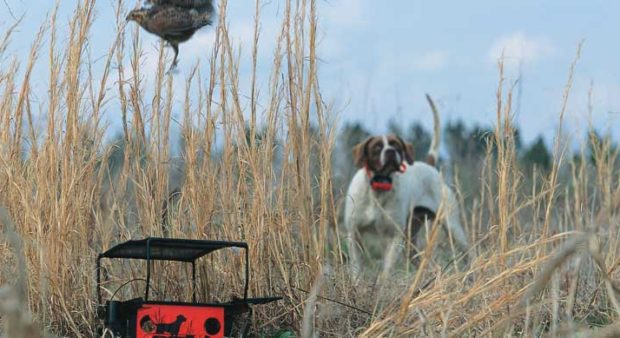
I once knew a man who had his pointing dog trained to point on command. I don’t mean to “whoa.” I mean a full, hard, stylish point. As impressive as it was, it was ultimately a useless trick. I mean until we humans develop an ability to scent a hidden game bird, our dogs must know instinctively when to point a bird. Despite our best efforts, only live birds can teach it that. The best way to bring your dog’s training to completion is to simulate a hunting scenario where you control all the variables, including the flush of a live bird.
Most of us, to some degree, differ in what we need or expect from our dogs. At one end of the spectrum, there are those who want a polished performer who remains rock solid steady through the flush and shot, and only when commanded to do so, retrieves or hunts on. At the other end are those who merely want a serviceable dog that will indicate game and hold it until the gun is in range, and who then allow the dog to chase the flushed bird for the retrieve. Most of us who like to tinker with bird dogs find satisfaction between these extremes.
A bird in hand
The trick in using live birds is to control their ability to move or flush. My preference is to use pigeons as training birds because of their relatively easy availability and their ability as strong flyers once flushed. Good flight-conditioned quail are often beyond the practical expectations of amateur trainers. Pigeons, besides being relatively easy to acquire through trapping or purchasing at livestock auctions, are easy to work with. A small rabbit hutch or a wire dog crate can house a half dozen quite comfortably when food and fresh water are supplied daily.
Fast asleep
To get a pigeon to hold still while a dog works the cover is easy. Simply hold the bird in your hand and tuck its head under its wing. While holding the wing closed, gently pull down on the pigeon’s legs, and towards the tip of its tail. Slowly release your grip on the bird’s wing. The bird should stay in that sleeping position and can be tucked into cover for use. If the pigeon stirs when you loosen your grip, repeat the procedure until it drifts off again. When you want it to flush, gently bump it awake with your foot.
Getting sprung
Many handlers use a small homemade cage to position their training birds. A kick plate is added, so that when stepped on, it releases the aware bird for flight. A step-up in this technology is a store-bought bird launcher. The bird is held in a spring-loaded sling that is released using a kick bar. It’s thrown several feet into the air and immediately takes flight.
Effective alternative
The next step in the evolutionary staircase is the remote-control bird launcher. DT Systems have brought a unit to the market that’s revolutionizing the training game. These launchers have solved several problems inherent with holding cages, by eliminating the need for a trainer or assistant to be near the planted bird to flush it. If the dog misbehaves or crowds the planted bird, you push a button on the hand-held remote from anywhere in the field. The bird flies away and the dog is denied its retrieve. A powerful lesson indeed.
With the help of the DT Systems remote launcher, an individual can singlehandedly set up the most natural training scenarios possible. I load the launcher with a pigeon, quail, or chucker, and plant it in the training field before I even uncrate my dog. Then, we work the field. When I feel that her manners and obedience are where I want them to be, I cast the dog downwind of the planted bird. When she goes on point, I can take the time to steady her up and let her soak in the scent until I deem it beneficial to launch the bird. Most importantly, I can now be right beside her to immediately correct any transgression and make sure she remains steady through the flush.
With the remote-controlled launcher in a trainer’s arsenal, a finished bird dog is an attainable goal.


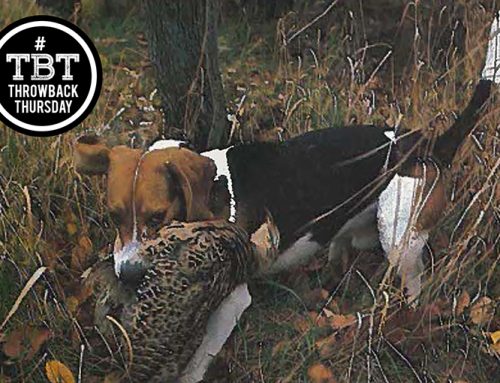
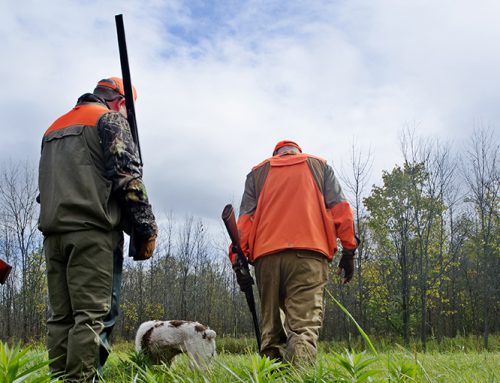
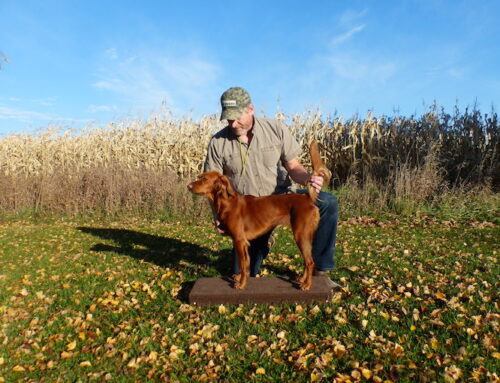
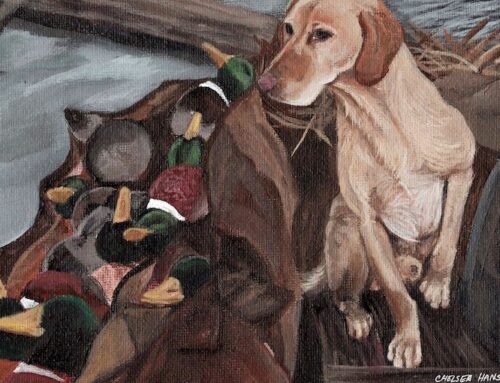
Leave A Comment